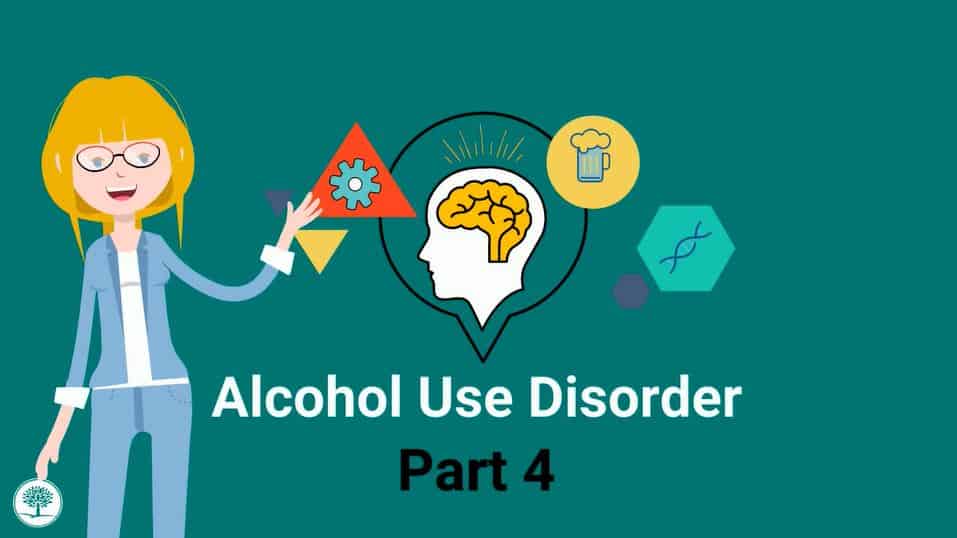Estimated watch time: 5 mins 24 secs
Summary:
Part of resilience is learning how to be flexible in your thoughts and emotions, particularly as you approach challenging or stressful situations.
This video guide encourages you to take a look at how you approach situations and how you react to stress. Understanding how to approach what you can and cannot change, as highlighted by the Serenity Prayer, is key to being resilient.
Other Addiction & Mental Health Resources
The Recovery Village has several, free resources for those living with addiction or mental health conditions and their loved ones. From videos, to clinically-hosted webinars and recovery meetings, to helpful, medically-reviewed articles, there is something for everyone. If you need more direct help, please reach out to one of our representatives.









